Argipressine
Synonym(s):β-Hypophamine;Antidiuretic hormone;Arginine vasopressin;AVP
- CAS NO.:113-79-1
- Empirical Formula: C46H65N15O12S2
- Molecular Weight: 1084.24
- MDL number: MFCD00076738
- EINECS: 204-035-4
- SAFETY DATA SHEET (SDS)
- Update Date: 2024-11-14 14:09:35
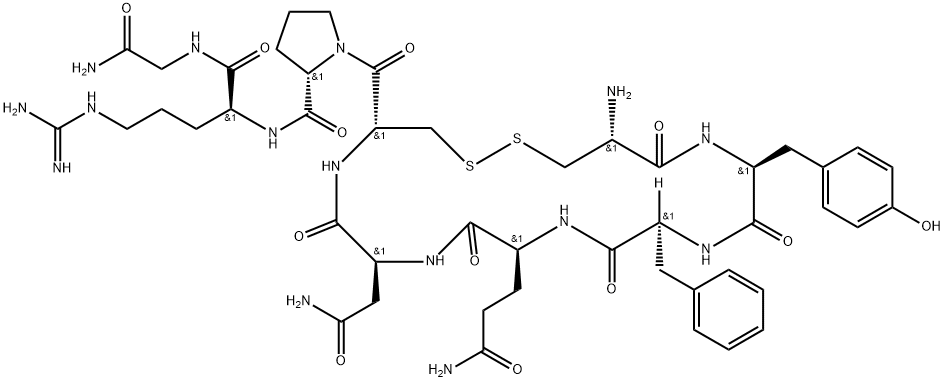
What is Argipressine?
The Uses of Argipressine
Hormone (antidiuretic).
The Uses of Argipressine
[Arg8]-Vasopressin solution was used as an antigen for preparing preadsorbed antisera for immunocytochemistry. The product was used in L6 cell culture of the C5 subclone for differentiation studies.
Definition
ChEBI: The predominant form of mammalian vasopressin (antidiuretic hormone). It is a nonapeptide containing an arginine at residue 8 and two disulfide-linked cysteines at residues of 1 and 6.
Indications
ADH (vasopressin) is released primarily in response to increases in plasma osmolarity or decreases in blood volume. It produces its antidiuretic activity in the kidney, causing the cortical and medullary parts of the collecting duct to become more permeable to water, thereby increasing water reabsorption, reducing serum osmolarity, and increasing its volume. It produces this effect by binding to a subset of vasopressin receptors called V2 that have relatively high affinity for the hormone. ADH also has actions at sites other than the kidney. V2 receptors also mediate an increase in circulating levels of two proteins involved in blood coagulation: factor VIII and von Willebrand’s factor.At higher concentrations, ADH interacts with V1 receptors to cause a general constriction of most blood vessels. It also interacts with V3 (or V1b) receptors to increase ACTH release, although the major control of ACTH release occurs through corticotropin-releasing hormone.
brand name
Pitressin (Parke-Davis).
General Description
Vasopressin tannate (PitressinTannate) is a water-insoluble tannate of vasopressin administeredintramuscularly (1.5–5.0 pressor units daily)for its prolonged duration of action by the slow release ofvasopressin. It is particularly useful for patients who havediabetes insipidus, but it should never be used intravenously.
Hazard
A poison.
Biochem/physiol Actions
[Arg8]-Vasopressin solution also known as Antidiuretic hormone, Arginine vasopressin or beta-Hypophamine is a selective and potent vasopressor agent that stabilizes the cardiocirculatory function in normal human as well as in patients suffering from catecholamine-resistant vasodilatory shock. It stimulates three acid-base transporters and hence increases the capability of the cell to regulate pH.
Mechanism of action
ADH itself is available for injections (Pitressin) but has a half-life of about 15 minutes. Desmopressin (DDAVP) is an analogue without an amino group at the first amino acid and with D-arginine instead of Larginine. This analogue is more stable and has very little pressor activity. Desmopressin can be given subcutaneously or nasally, and the effects last for 12 hours.
Clinical Use
Because it is stable, desmopressin is preferred for
treatments especially if pressor effects are not desired.
The primary indication for therapy is central diabetes
insipidus, a disorder that results when ADH secretion is
reduced and that is characterized by polydipsia,
polyuria, and dehydration. Desmopressin is also used to
reduce primary nocturnal enuresis, or bedwetting, in
children. It is useful in people with mild hemophilia A
or with some types of von Willebrand’s disease, in which
von Willebrand’s factor is present at low levels. In these
cases, desmopressin is given when excessive bleeding
occurs or before surgery to help reduce bleeding indirectly
by increasing the amounts of coagulation factors.
A possible adverse effect of desmopressin is water intoxication
if too much is taken.
ADH antagonists, including nonpeptide analogues
that may be taken orally, have been developed with
specificity for each of the receptor types. In the future,
those that block V1 receptors may be useful in treating
hypertension, and those that block V2 receptors may be
useful in any condition of excessive water retention or
hyponatremia, for which so far there is no satisfactory
therapeutic treatment.
Safety Profile
A poison by intravenous route.When heated to decomposition it emits toxic vapors ofNOx and SOx.
storage
Store at -20°C
Properties of Argipressine
| Density | 1.59±0.1 g/cm3(Predicted) |
| Flash point: | 113℃ |
| storage temp. | 2-8°C |
| pka | 9.90±0.15(Predicted) |
| form | Solid |
| color | White to off-white |
| PH | ~3.5 |
| Water Solubility | Water : ≥ 360 mg/mL (332.03 mM) |
Safety information for Argipressine
| Signal word | Warning |
| Pictogram(s) |
 Exclamation Mark Irritant GHS07 |
| GHS Hazard Statements |
H332:Acute toxicity,inhalation |
| Precautionary Statement Codes |
P261:Avoid breathing dust/fume/gas/mist/vapours/spray. |
Computed Descriptors for Argipressine
| InChIKey | KBZOIRJILGZLEJ-KIIOGHSHNA-N |
Argipressine manufacturer
Piramal Pharma Solutions
New Products
(S)-3-Aminobutanenitrile hydrochloride 4-Methylphenylacetic acid N-Boc-D-alaninol N-BOC-D/L-ALANINOL Tert-butyl bis(2-chloroethyl)carbamate 3-Morpholino-1-(4-nitrophenyl)-5,6-dihydropyridin- 2(1H)-one Furan-2,5-Dicarboxylic Acid Tropic acid 1-Bromo-3,5-Di-Tert-Butylbenzene S-2-CHLORO PROPIONIC ACID ETHYL ISOCYANOACETATE 2-Bromo-1,3-Bis(Dimethylamino)Trimethinium Hexafluorophosphate 4-IODO BENZOIC ACID 3-NITRO-2-METHYL ANILINE 1-(2,4-DICHLOROPHENYL) ETHANAMINE (2-Hydroxyphenyl)acetonitrile 4-Bromopyrazole 2-(Cyanocyclohexyl)acetic acid 4-methoxy-3,5-dinitropyridine 1-(4-(aminomethyl)benzyl)urea hydrochloride 2-aminopropyl benzoate hydrochloride diethyl 2-(2-((tertbutoxycarbonyl)amino) ethyl)malonate tert-butyl 4- (ureidomethyl)benzylcarbamate Ethyl-2-chloro((4-methoxyphenyl)hydrazono)acetateRelated products of tetrahydrofuran
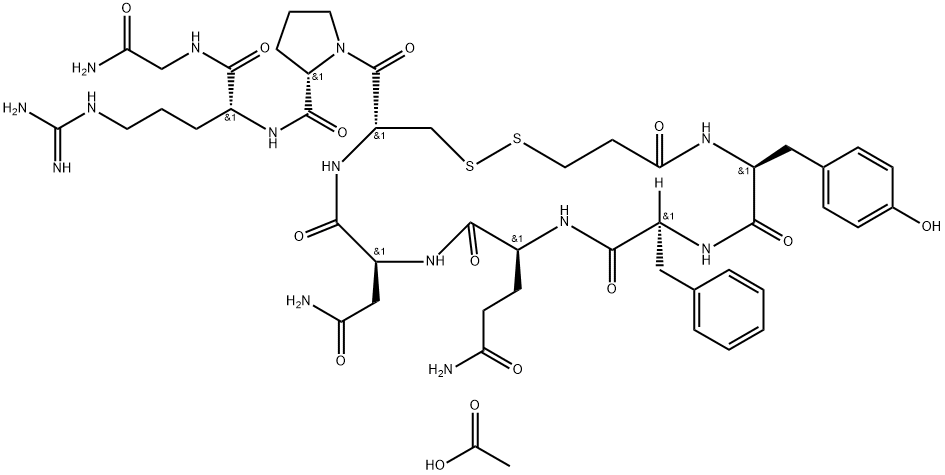
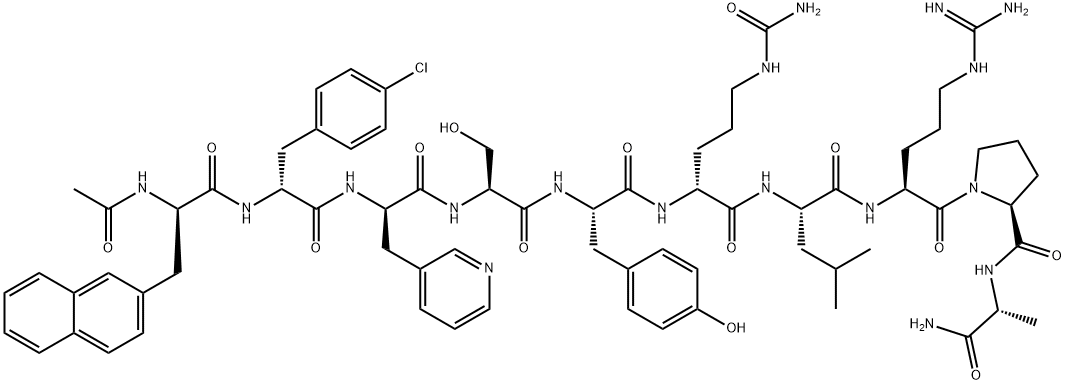
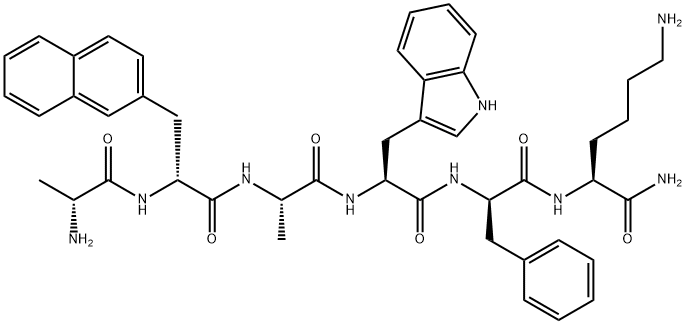
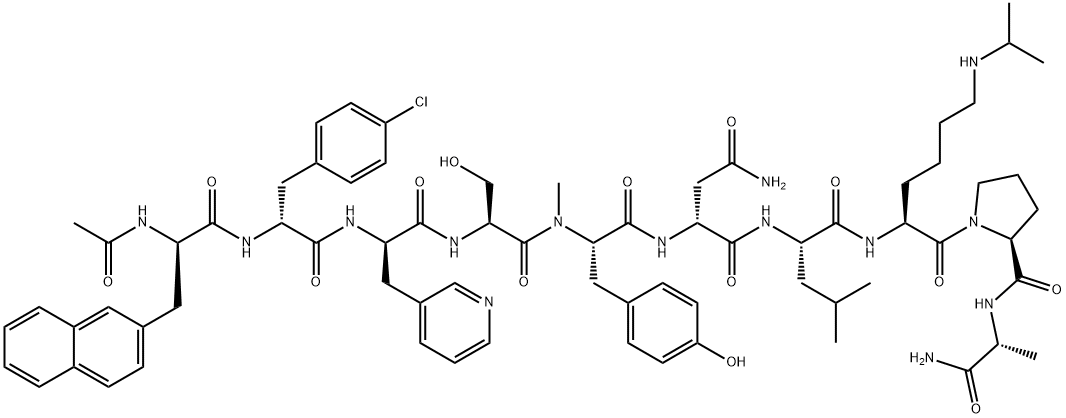
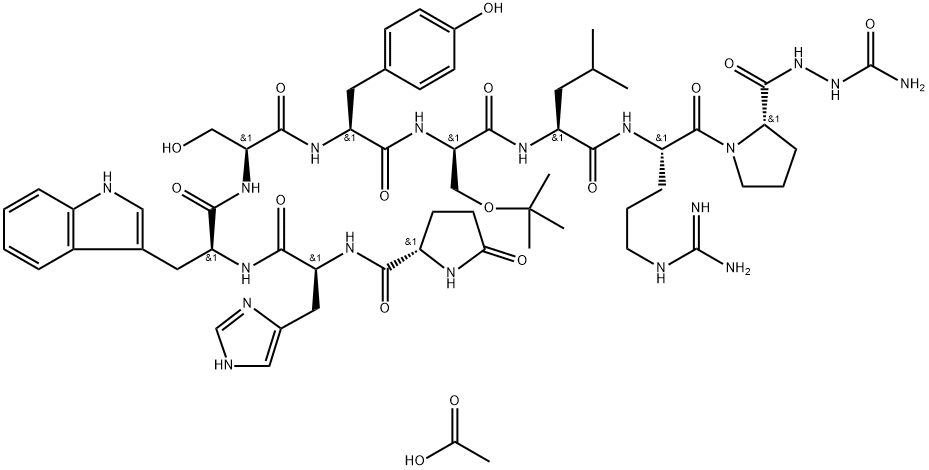
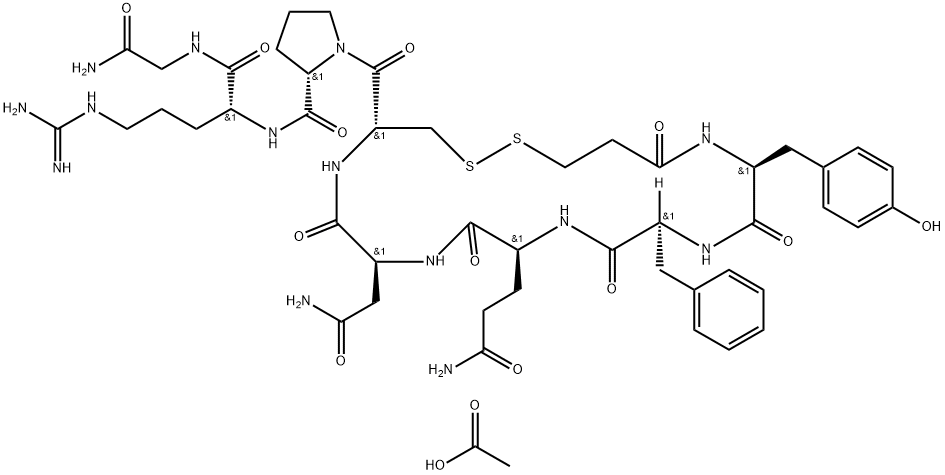
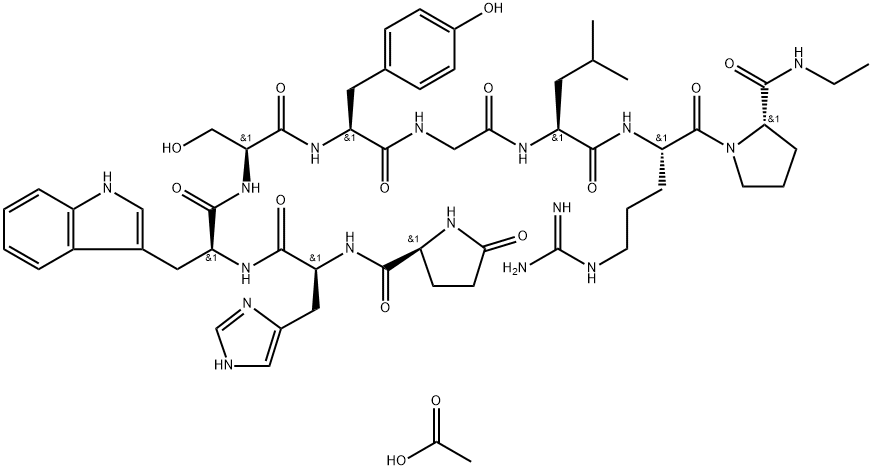
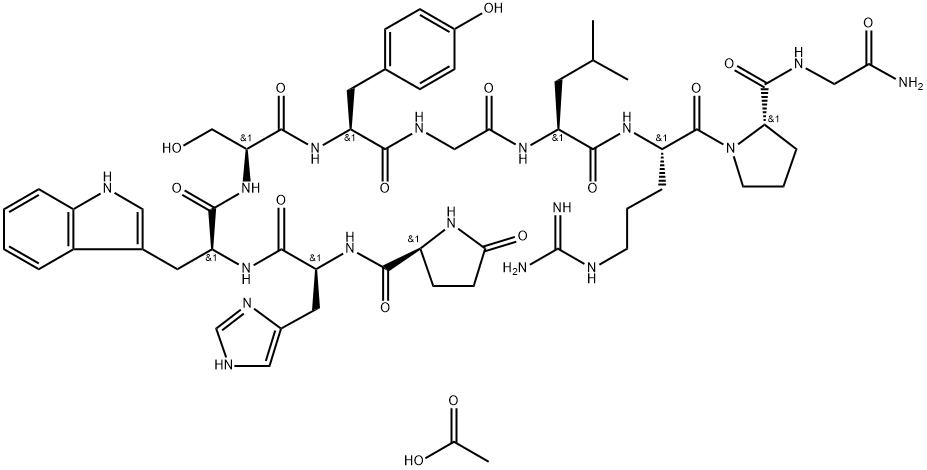
You may like
-
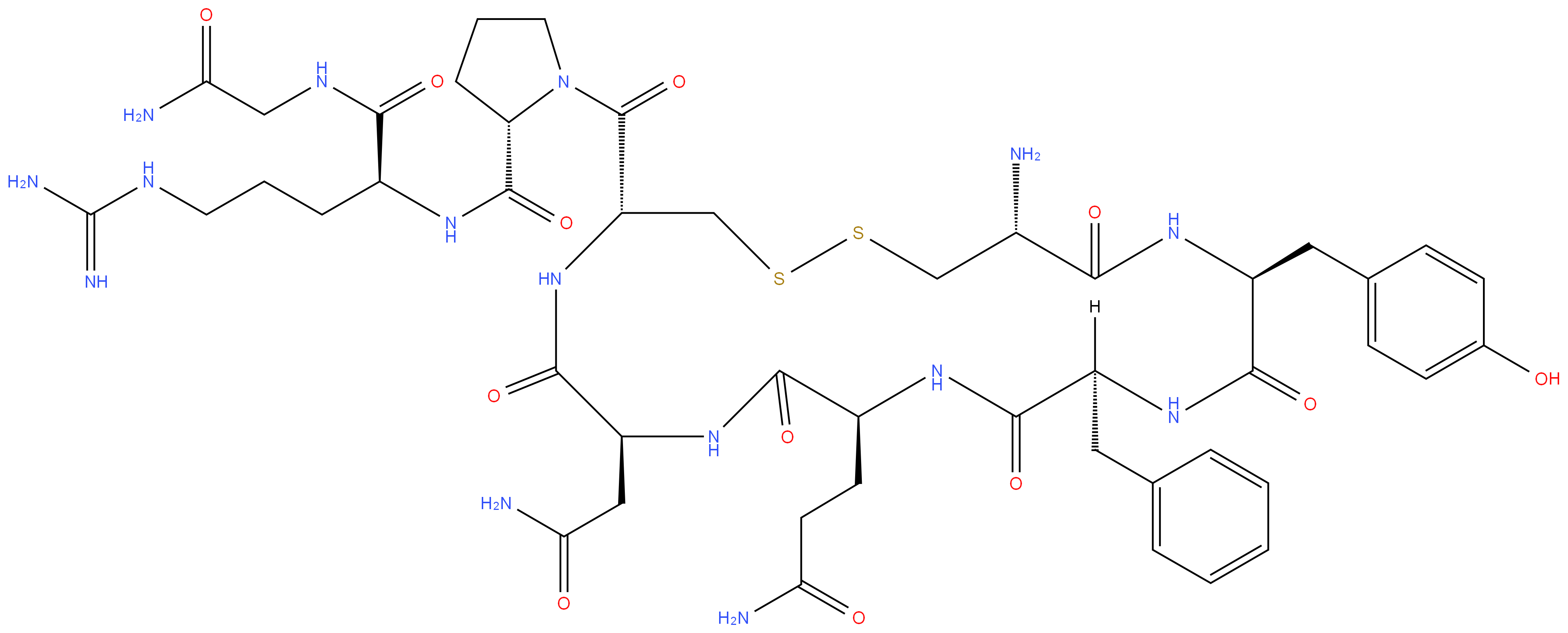 113-79-1 Argipressin 99%View Details
113-79-1 Argipressin 99%View Details
113-79-1 -
 Arg8 Vasopressin Acetate Salt CAS 113-79-1View Details
Arg8 Vasopressin Acetate Salt CAS 113-79-1View Details
113-79-1 -
 Vasopressin CAS 113-79-1View Details
Vasopressin CAS 113-79-1View Details
113-79-1 -
 1975-50-4 98%View Details
1975-50-4 98%View Details
1975-50-4 -
 2-HYDROXY BENZYL ALCOHOL 98%View Details
2-HYDROXY BENZYL ALCOHOL 98%View Details
90-01-7 -
 2-Chloro-1,3-Bis(Dimethylamino)Trimethinium Hexafluorophosphate 221615-75-4 98%View Details
2-Chloro-1,3-Bis(Dimethylamino)Trimethinium Hexafluorophosphate 221615-75-4 98%View Details
221615-75-4 -
 14714-50-2 (2-Hydroxyphenyl)acetonitrile 98+View Details
14714-50-2 (2-Hydroxyphenyl)acetonitrile 98+View Details
14714-50-2 -
 118753-70-1 98+View Details
118753-70-1 98+View Details
118753-70-1